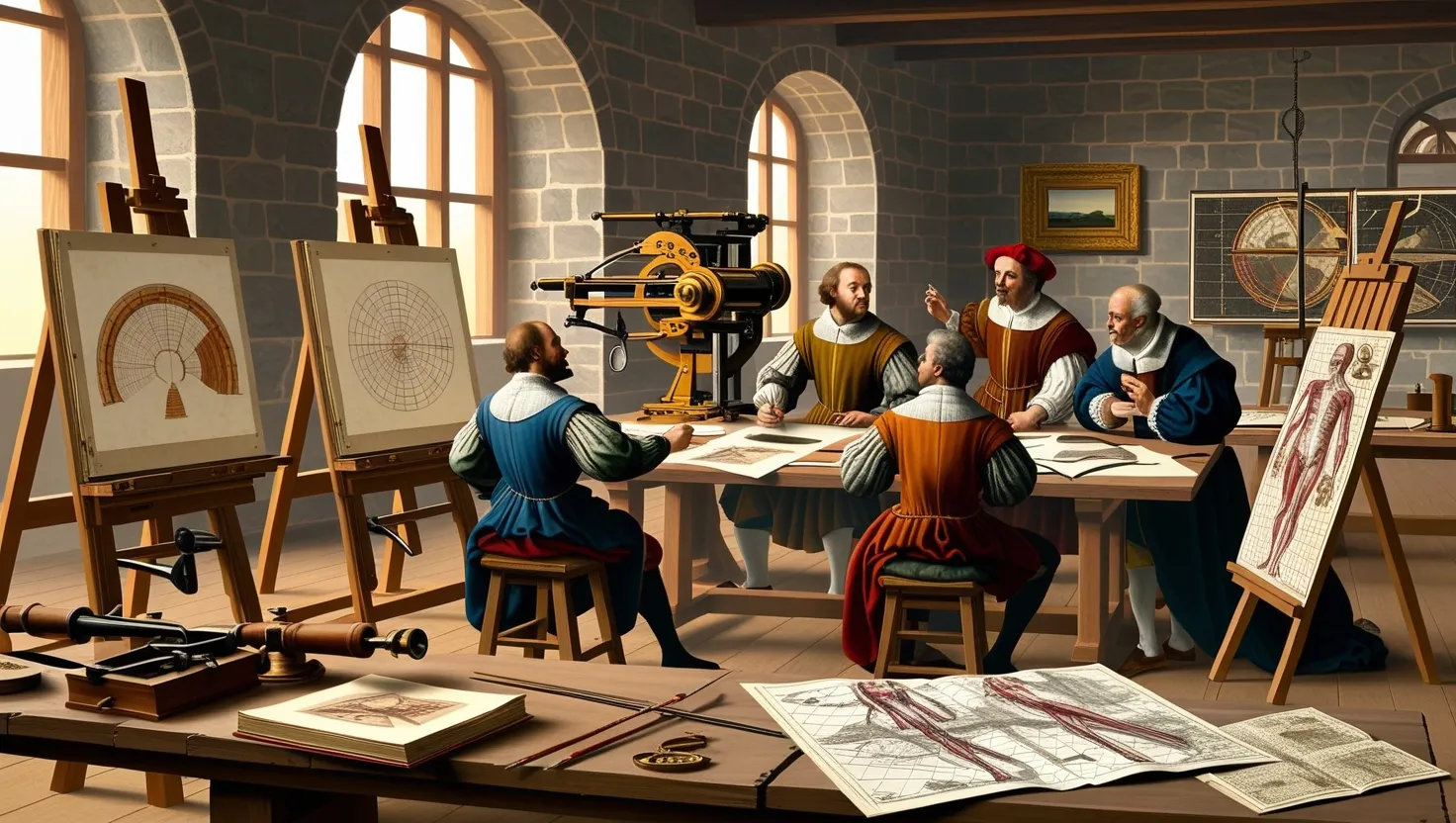As we delve into the annals of scientific history, it’s striking to note how often the contributions of women have been relegated to the shadows. While Marie Curie’s name is synonymous with groundbreaking science, there are numerous other women whose work has been pivotal, yet remains largely unacknowledged. Here are five such pioneers whose stories not only highlight their scientific prowess but also underscore the persistent gender bias that has marred the scientific community.
Rosalind Franklin’s name is often mentioned in hushed tones, a reminder of the untold stories behind some of science’s most monumental discoveries. Her X-ray diffraction images of DNA were the linchpin in James Watson and Francis Crick’s famous double helix model. However, Franklin’s role in this discovery was more than just peripheral; it was crucial. Her data, known as “Photograph 51,” provided the visual evidence that Watson and Crick needed to validate their model. Yet, during her lifetime, Franklin received scant recognition for her work. It’s a stark reminder that even in the most celebrated scientific breakthroughs, the contributions of women can be easily overlooked.
Lise Meitner’s journey is another tale of unacknowledged genius. A physicist who fled Nazi Germany, Meitner collaborated with Otto Hahn on a project that would change the course of nuclear physics. Together, they discovered nuclear fission, a process that splits the nucleus of an atom. However, when the Nobel Prize was awarded for this groundbreaking work, Meitner’s name was conspicuously absent. Hahn alone received the accolade, a decision that has been widely criticized as a glaring injustice. Meitner’s story serves as a poignant example of how women’s contributions can be marginalized, even in the face of their most significant achievements.
Chien-Shiung Wu, often referred to as the “First Lady of Physics,” made history with her experiment on beta decay. Her work disproved the law of parity, a fundamental principle in physics that had been accepted for decades. This experiment was nothing short of revolutionary, yet Wu’s male colleagues, Tsung-Dao Lee and Chen-Ning Yang, were the ones who received the Nobel Prize for her groundbreaking research. Wu’s achievement not only challenged the status quo in physics but also paved the way for future generations of women in the field. Despite her monumental contribution, Wu’s name remains less familiar than it should be, a testament to the systemic bias that has long plagued the scientific community.
Jocelyn Bell Burnell’s discovery of pulsars is another story of overlooked genius. As a graduate student, Bell Burnell identified these celestial objects, which are incredibly dense stars that emit electromagnetic radiation in a beam. Her supervisor, Antony Hewish, received the Nobel Prize for this discovery, while Bell Burnell’s crucial role was initially ignored. It wasn’t until much later that her contribution was widely acknowledged, a belated recognition that highlights the systemic issues within the scientific establishment. Bell Burnell’s story is a powerful reminder that even the most significant discoveries can be overshadowed by the biases of the time.
Henrietta Leavitt’s work on Cepheid variables is a cornerstone of modern cosmology. These stars pulsate at regular intervals, and Leavitt discovered that the brightness of these stars is directly related to their pulsation period. This finding allowed astronomers to measure the distance to stars and galaxies, effectively expanding our understanding of the universe’s size. Despite her pivotal role in astronomy, Leavitt received little recognition during her lifetime. Her work was often attributed to her male colleagues, a pattern that has been repeated throughout the history of science.
These women’s stories are not just about their scientific achievements; they are also about the broader societal and cultural contexts in which they worked. They highlight the persistent gender bias that has long characterized the scientific community, a bias that has led to the marginalization and exclusion of women from the annals of scientific history.
The Matilda effect, a term coined by historian Margaret Rossiter, describes this systematic suppression of women’s contributions to science. It is a phenomenon that has been observed across various fields, from physics and chemistry to biology and astronomy. The Matilda effect is not just about individual cases of overlooked contributions; it is about a systemic issue that permeates the very fabric of scientific culture.
As we reflect on these stories, it becomes clear that recognizing the contributions of women in science is not merely a matter of historical justice; it is also essential for fostering a more inclusive and diverse scientific community. By acknowledging the work of these forgotten women, we can begin to dismantle the barriers that have long prevented women from achieving their full potential in science.
In today’s world, where science is increasingly interdisciplinary and collaborative, the importance of diverse perspectives cannot be overstated. Women like Rosalind Franklin, Lise Meitner, Chien-Shiung Wu, Jocelyn Bell Burnell, and Henrietta Leavitt have shown us that science is not a solitary pursuit but a collective effort that benefits from the contributions of all individuals, regardless of gender.
Their stories serve as a powerful reminder that science is a human endeavor, driven by curiosity, passion, and dedication. By celebrating these women’s achievements, we not only honor their memory but also inspire future generations of scientists to pursue their dreams without fear of being overlooked or undervalued.
In the end, it is not just about recognizing the past; it is about shaping the future. By acknowledging and celebrating the contributions of women in science, we can create a more equitable and inclusive scientific community that values diversity and promotes excellence in all its forms.






